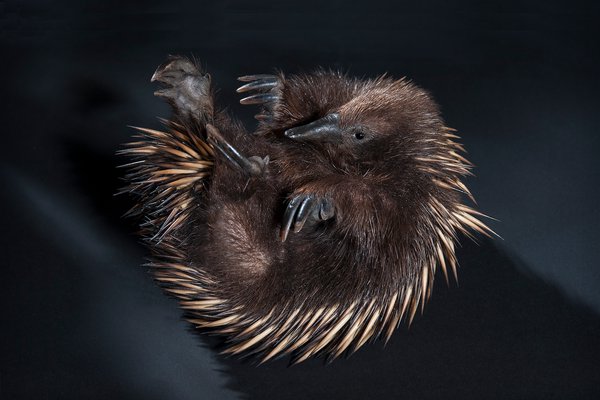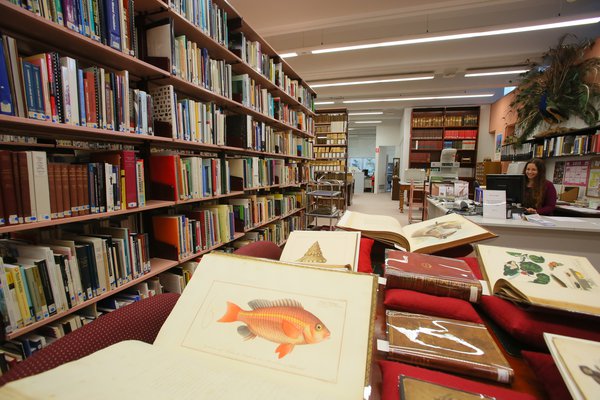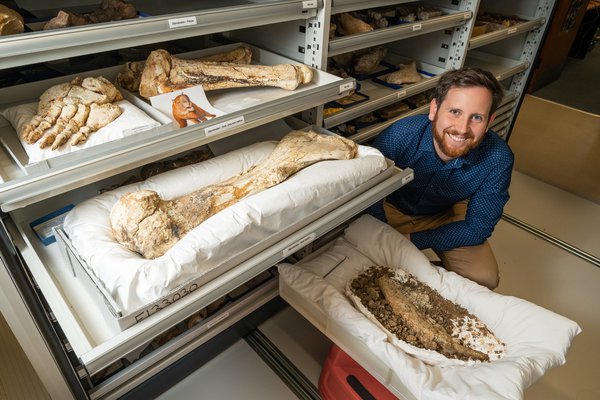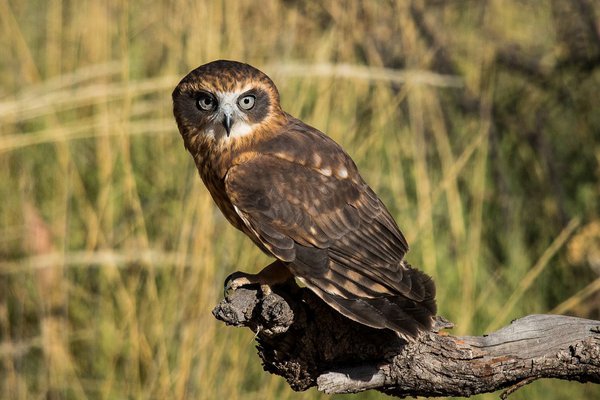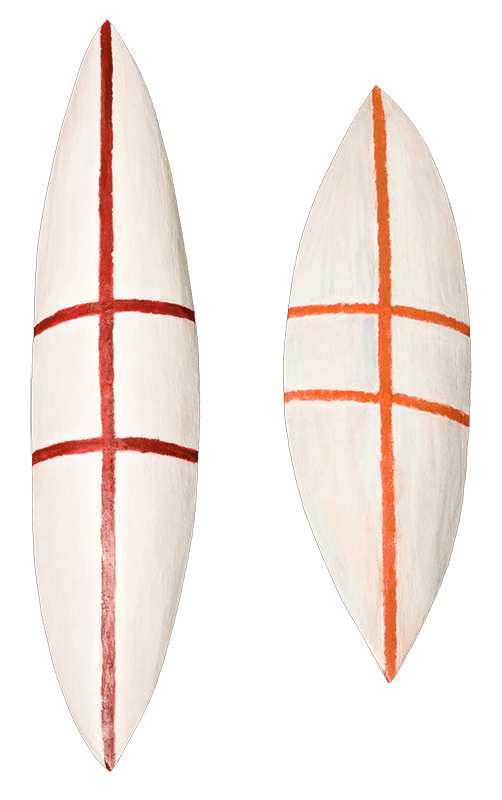Mammals
Mammals are divided into three groups – monotremes, marsupials and placentals - all of which have fur, produce milk and are warm-blooded.
Australian monotremes, marsupials and placentals
Australia and its surrounding oceans support a diverse array of mammal species many of which are found nowhere else on earth. Like its near neighbor New Guinea, Australia is home to representatives from all three surviving mammal lineages - monotremes, marsupials, and placentals. Each has a different means of producing offspring but all share a suite of features found only in mammals; mammary glands to produce milk, a single bone on each side of the lower jaw and at least some hair on their body. Australia’s two monotremes, the Platypus and Short-beaked Echidna lay soft shelled eggs, whereas marsupials like kangaroos, bandicoots, quolls and the Koala give birth to poorly developed young which are then carried in a pouch. Placental (or eutherian) mammals, namely rodents, bats, marine mammals and introduced mammals such as cats, foxes and rabbits all produce comparatively well- developed offspring by comparison.
Ranging in size from the tiny Long-tailed Planigale and Little Forest Bat each weighing as little as a few grams, up to the Red Kangaroo weighing as much as 92 kg, Australia’s terrestrial mammals have radiated across the continent and adjacent islands. The biology of some species has been well studied, others less so. New mammals are still being discovered in Australia and the Pacific region; tree-kangaroos, rock-wallabies and Long-eared Bats are just a few of the species identified and recently named by Australian Museum researchers.
Many of Australia’s small-medium sized marsupials and rodents have suffered a drastic reduction in numbers and distribution over the last 200 years with more than 30 species vanishing entirely. The most recent of these was a small native rodent, the Bramble Cay Melomys declared extinct in February 2019. Specimens of these and other recently extinct Australian mammals form part of the museum’s extensive mammal collection, a tragic reminder of what has been lost.
Australia’s unique assemblage of around 60 marine mammal species appears to have fared better although the status of many species is still not well known. Marine mammals such as seals, sea lions, whales, dolphins and the Dugong cannot breathe underwater but have developed some extraordinary adaptations to aquatic life. One marine mammal specimen, the Sperm Whale hanging over the entrance since 1910, is the museum’s largest mammal specimen.
Learn about...
Learn about the Museum's largest marine mammal specimen: the sperm whale.
Learn more about Australia's iconic mammals - monotremes like the echidna and platypus, marsupials like the kangaroo, wombat and koala, and placentals like the Australian dingo.
Discover some of Australia’s extinct mammals including the Thylacine (Tasmanian Tiger), which was the largest marsupial predator in Australia until its extinction in 1936 elevated the Tasmanian Devil to that position.

